When Betelgeuse goes supernova, it will appear immensely bright, but will it put Earth in danger?
Almost everyone can identify Orion, which, along with the Great Bear and the Southern Cross, is just about the most famous constellation in the sky.
It is brighter than the Bear, larger than the Cross and it contains two first-magnitude stars, Rigel and Betelgeuse, officially Beta and Alpha Orionis.
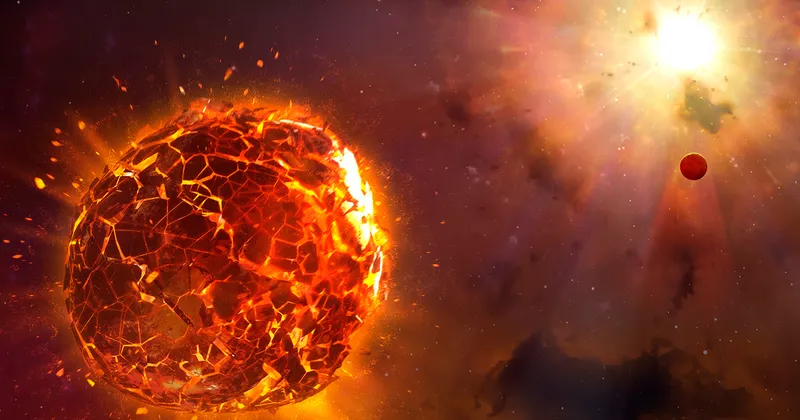
Only one other constellation, Crux, has two stars of this elite class, though Gemini and Canis Major only just miss out.
Betelgeuse is of a lovely orange-red colour and is decidedly variable; at times it can rise almost to magnitude 0.0.
I have seen it equal Rigel – while at its dimmest it is comparable with Aldebaran.
It has a rough period of just over five years and it is very rough indeed.
(En passant, the name may be spelled in different ways; Belegeuse, Betelgeuze and Betelgeux are other variants. It comes, of course, from Arabic. Scholars tell me that the ‘eux’ ending is best but as Arabic is not my forte I can’t comment).
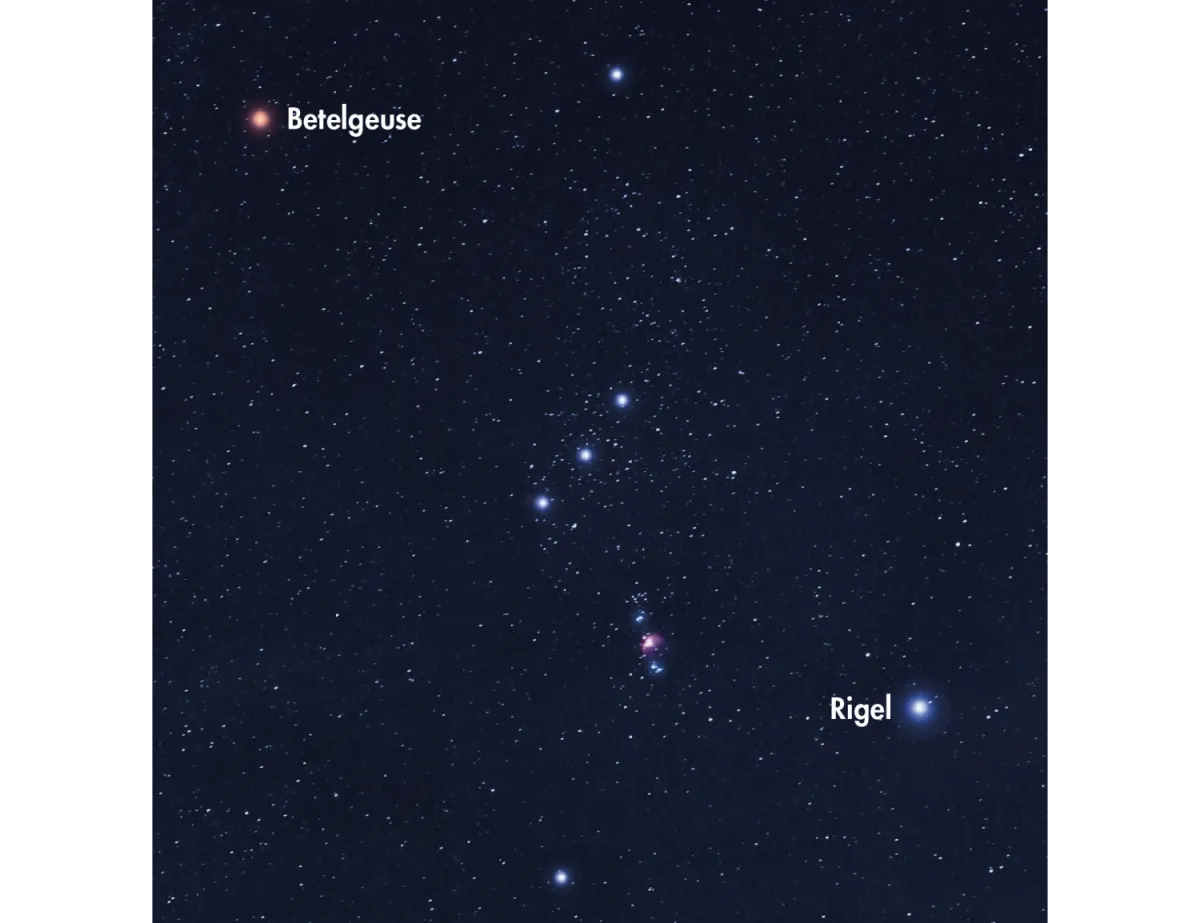
Betelgeuse is a long way away. According to the Hipparcos astrometric satellite, its distance is about 430 lightyears.
This may not be accurate – some of Hipparcos’s results are decidedly suspect – but it is not on our doorstep.
It is a pulsating supergiant, with a diameter at least 400 times that of the Sun and if we depend on Hipparcos its luminosity could match 15,000 Suns.
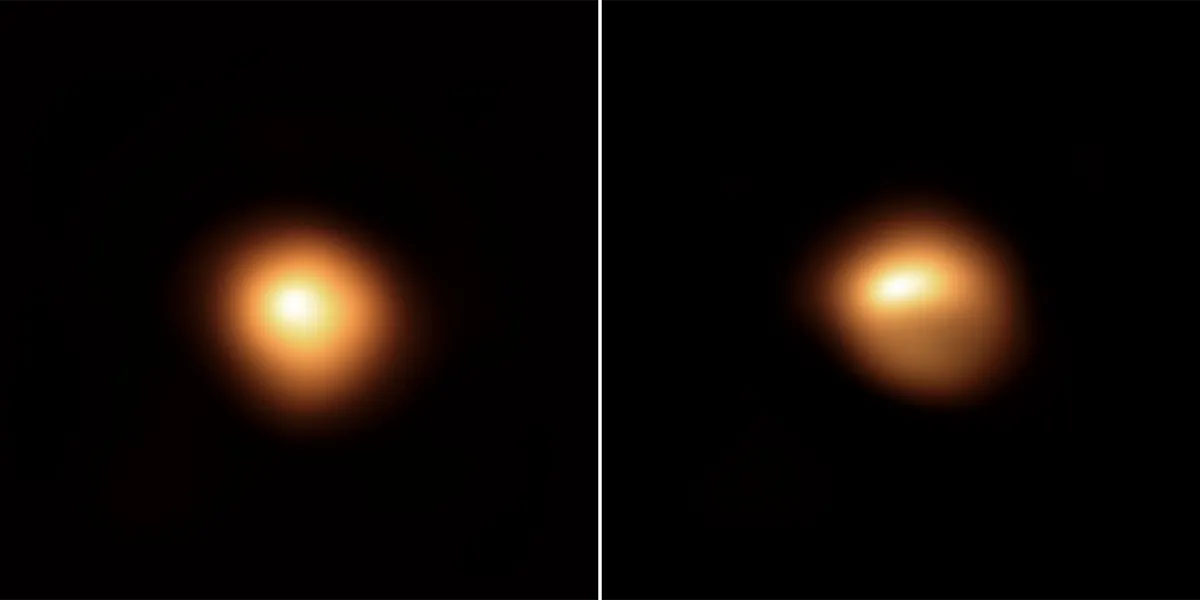
Betelgeuse is not as powerful as Rigel (at least 40,000 Sun-power) but the two stars are very different.
The bluish-white Rigel is in the prime of life, whereas Betelgeuse is highly evolved – a stellar old-age pensioner.
It has used up its main nuclear fuels and, sooner or later, disaster will overtake it.
If our current theories are right, it will explode as a supernova and will end up as either a neutron star or, more probably, a black hole.
When the supernova outburst happens, Betelgeuse will briefly shine in our skies far more brilliantly than any other star or planet (with the obvious exception of the Sun).
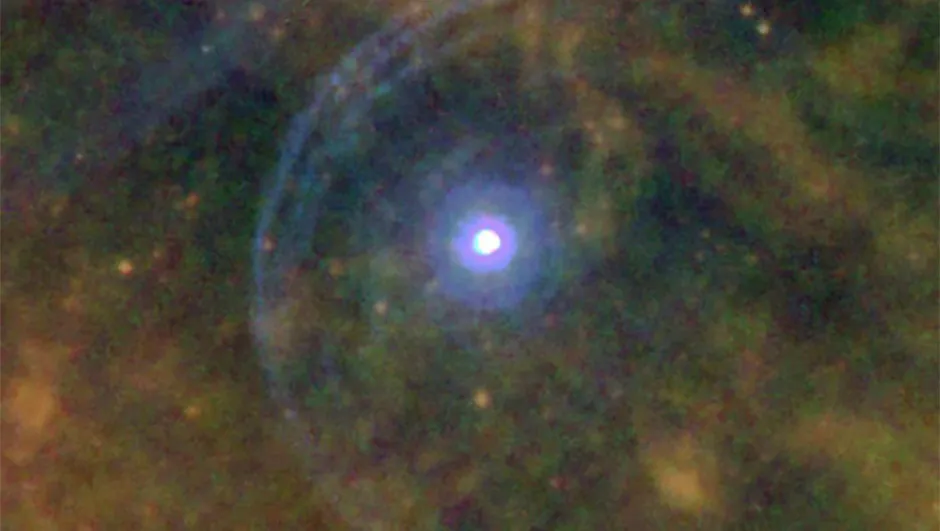
Is Betelgeuse a danger to Earth?
This is all very well – but will there be any effects on Earth? And in particular, is there any danger?
How close would a supernova have to be to affect life on Earth?
There is no doubt that a supernova outburst within a few tens of lightyears from us would have most unpleasant consequences.
A really major supernova can become as luminous as an entire galaxy and if one of our near neighbours such as Alpha Centauri decided to behave in this way we certainly couldn’t ignore it.
It would become as bright as the Moon, which wouldn’t matter, but it would bathe us in all types of radiation, which would matter very much.
We have not seen a supernova in our Galaxy since 1604, but in 1987 one blazed out in the Large Cloud of Magellan and the results were easily detectable even from a distance of 169,000 lightyears.
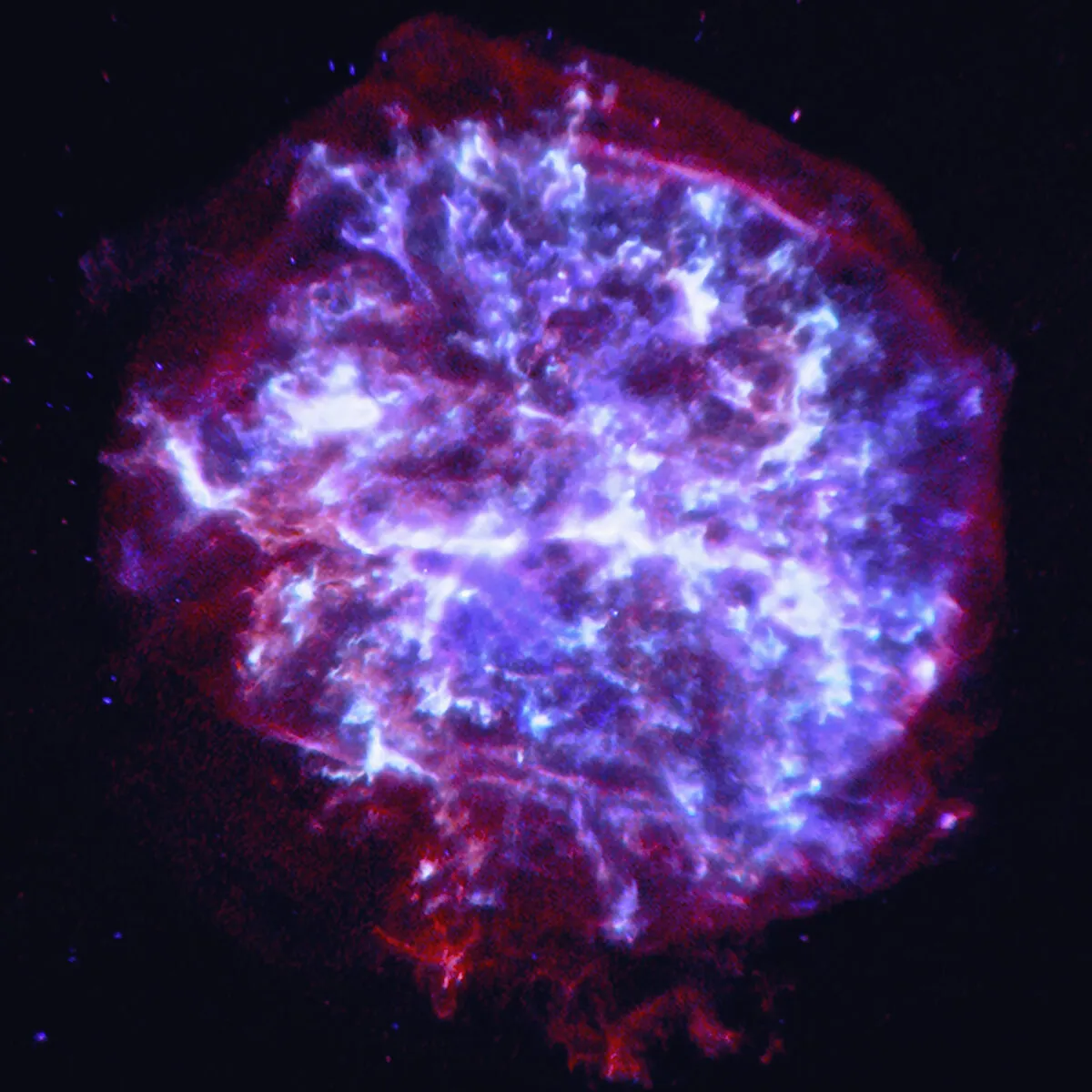
There was no risk but it is just as well that the Large Cloud is so remote.
It is interesting to work out the ‘danger zone’ around a typical supernova.
My estimate would be in the order of 100 lightyears, but I am a selenographer rather than an astrophysicist and I may well have miscalculated.
However, it seems safe to say that, in any case, Betelgeuse would be out of range, whereas Alpha Centauri is not.
Fortunately, Alpha Centauri is not a supernova candidate because it is not nearly massive enough, but what about other naked-eye stars?
Potentially dangerous stars
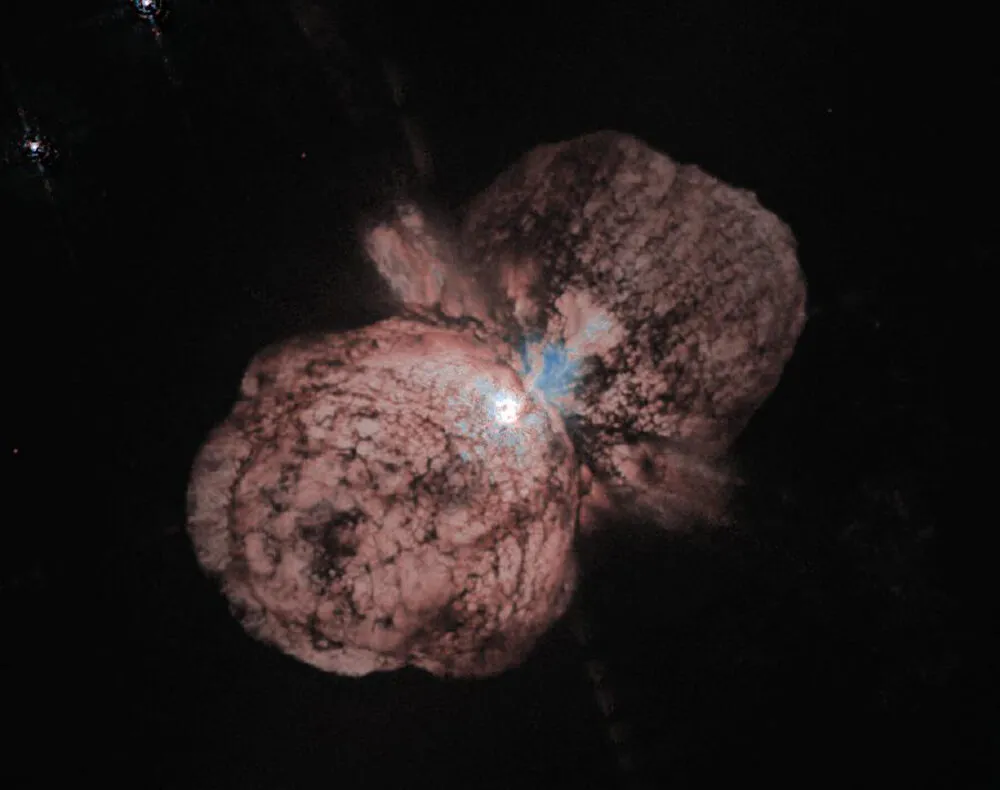
Two naked eye stars that could be massive enough to go supernova spring to mind at once.
One is Eta Carinae, in the Keel of the Ship Argo (the constellation Argo Navis was so large that the International Astronomical Union chopped it up into a keel, sails and a poop).
Eta Carinae is exceptionally massive and also extremely unstable.
For a while, around the year 1843, it shone as the brightest star in the sky apart from Sirius, but for more than a century now it has hovered on the fringe of naked-eye visibility and radiates chiefly at infrared wavelengths.
It is around a million times as energetic as the Sun and the question is not ‘will it go supernova?’ but ‘when?’
It may not be for a million years but it could be tomorrow. Watch it carefully if you live in the right part of the world; unfortunately, it is too far south in the sky to rise over any part of the British Isles.
The distance is of the order of 8,000 lightyears, so to us it is harmless.
Frankly, astronomers would be delighted if it did perform; we would have a ringside view of a magnificent display of cosmic pyrotechnics.
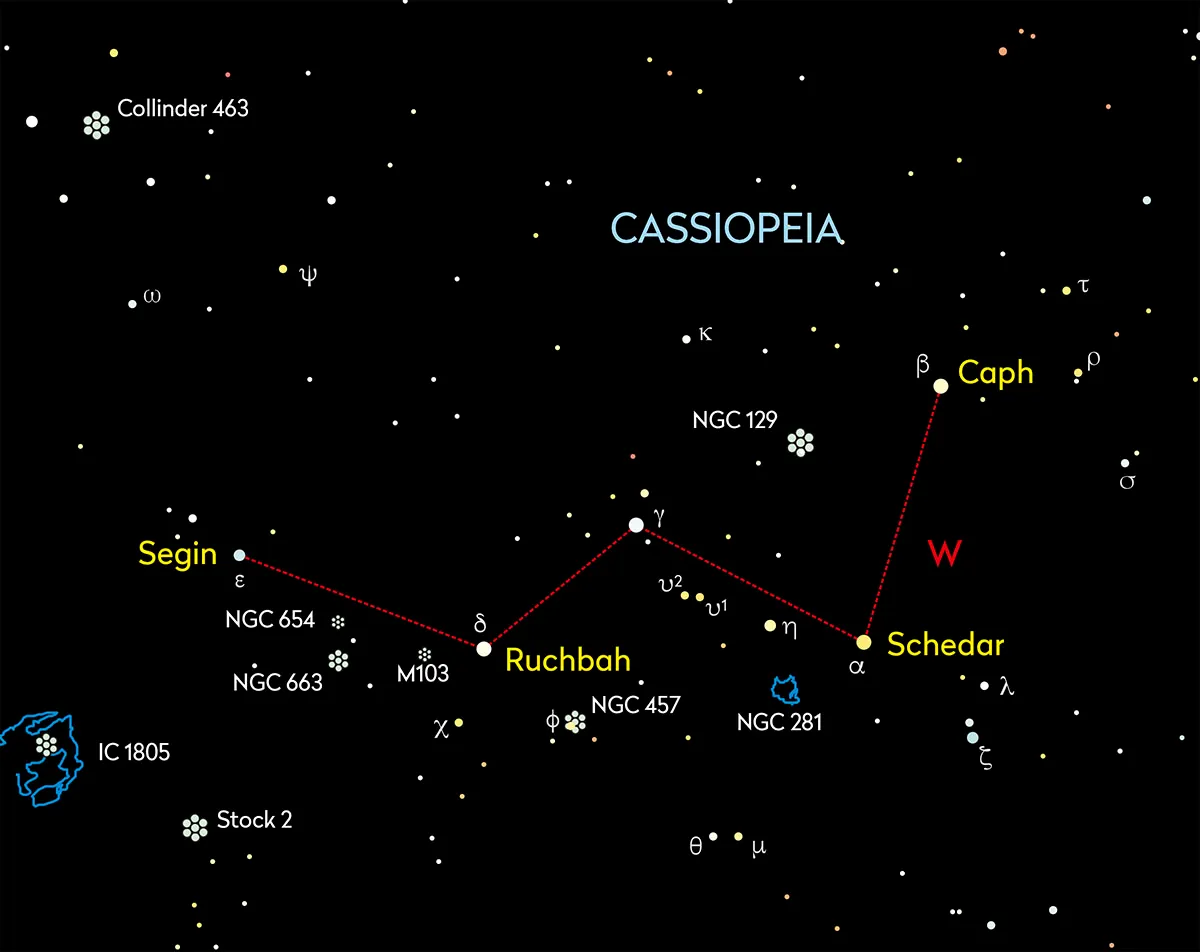
The other prime candidate is Rho Cassiopeiae, just outside the ‘W’ pattern of Cassiopeia and close to the second-magnitude Beta Cassiopeiae (Caph).
Rho Cassiopeiae is a yellow hypergiant, shining at just above the 5th magnitude and conveniently lying between two stars, Tau and Sigma Cassiopeiae, which are useful comparisons.
The light does vary but I have been observing it since 1934 and have found no semblance of a period; there are occasional fades to below the 6th magnitude but these do not last very long.
The luminosity is about half a million times that of the Sun and Hipparcos gives its distance as 9,000 lightyears, much further away than Betelgeuse or Eta Carinae, so we’re well out of its danger zone.
I have looked through the catalogues to see if I can pinpoint any supernova candidates within a hundred lightyears of us.
Supernovae are of two main kinds.
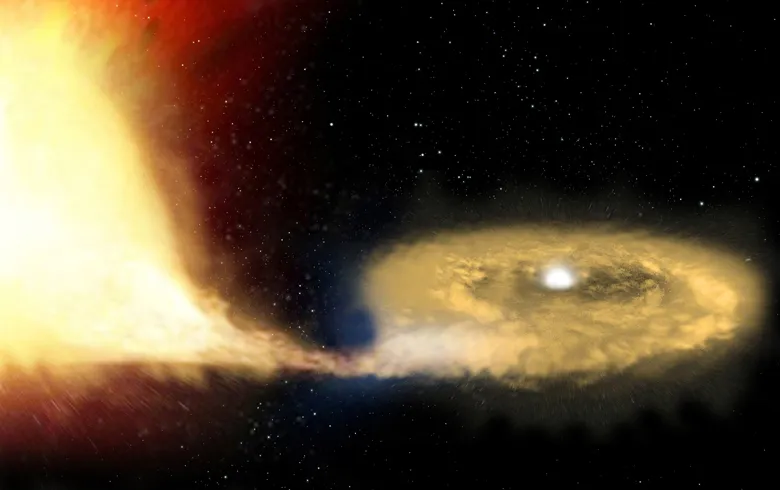
Those that we call Type Ia are due to the total destruction of the white dwarf component of a binary system, while the rest involve the collapse of an exceptionally massive star that has exhausted its nuclear reserves.
I can find no candidate at all. Would anyone else care to make a search?
Of course, supernovae are not the most colossal explosions known and they seem almost puny when compared with gamma-ray bursters but that is another story altogether.
Of all the candidates, Betelgeuse does seem to be the nearest.
It is a great deal nearer than Eta Carinae or Rho Cassiopeiae and if it exploded we would learn so much from it.
After its outburst died away, the whole look of the celestial hunter would be different – the giant would have lost his shoulder.
I have to admit that on every clear winter night I look at Orion before anything else, to make sure that Betelgeuse is still there in its familiar guise!
This article originally appeared in the August 2007 issue of BBC Sky at Night Magazine.

